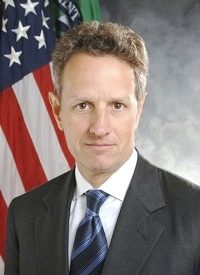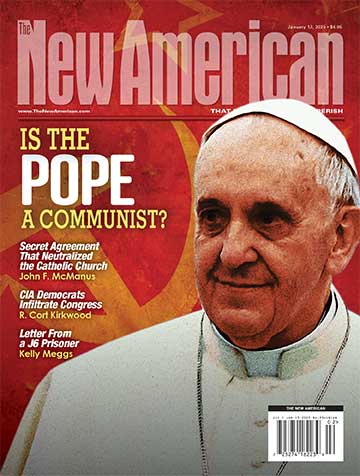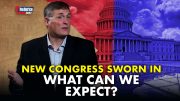
Following the petulant pronouncement from the Obama administration’s chief economics advisor that any suggestion of not raising the debt ceiling was engaging in a “game of chicken,” two other establishment types noisily concurred.
Timothy Geithner, the U. S. Secretary of the Treasury, said that failure to raise the ceiling “could make it impossible for the U. S. to access global credit markets,” while Bill Gross, the co-CEO of PIMCO, the world’s largest bond fund manager, plainly implied that unless the ceiling were raised promptly, the U.S. could lose its coveted AAA credit rating: “Ultimately, if we continue a trillion-dollar-plus [annual deficit] then, yes, your credit rating will be threatened.”
Reuters weighed in on the matter as well, asking if the “showdown” occurs, when should bond investors start getting nervous?
Wall Street economists…estimate the $14.3 trillion debt limit will be reached toward the end of March or sometime in April if Congress fails to raise it before then. Hitting the limit could force shutdowns of federal offices, as happened in 1995, threaten payments for Social Security and other federal benefits, or even cause a default on federal debt payments.
More reasonable voices recognized the excessive hyperbole and fear-mongering. Mark Hulbert, writing for MarketWatch, refers to such comments as merely representing “the nightmare du jour,” while taking a much closer look at how, for example, the stock market fared during the last real government shutdown in 1995. There were actually two shutdowns, one in November, lasting for 5 days, and the other in December, lasting for 20 days. And how did the stock market perform?
Quite well, thank you. The Dow Jones Industrial Average was trading around 3,800 on the day of the 1994 mid-term elections, for example. When the first government shutdown began in mid-November 1995, the Dow was trading around 4,900.
And during that and the subsequent shutdown, the Dow gained several percent more.
Hulbert noted that the stock market has an impressive record as a “discounting” mechanism and by the time the actual shutdowns occurred, brief though they were, the markets had already factored in the events, and when they actually occurred, the market yawned, and continued on its way higher.
In Ralph Bristol’s client newsletter he wrote, “I reject the notion that a failure to raise the ceiling would trigger an economic catastrophe. It need not.
The President only needs to tell the world that we are going to cut spending as much as necessary to avoid the need to borrow more — at least until a plan is in place to put us on a sound fiscal path. He should say that it will not affect our ability to service our [existing] debt — only that we will not be taking on more debt…
There is another potential advantage to keeping the existing ceiling in place: it would assure existing bondholders of the U.S.’s increased ability to service its existing debt, rather than use proceeds from new debt sales to service the old. In that event, it is possible that interest rates might even recede, reflecting a lower risk of default than at present, which would reduce the government’s borrowing costs – a nice bonus.
At the moment there appears little likelihood for such a shutdown, as both parties are already limiting their options to a discussion of how much (or how little) spending needs to be cut in the short run in order to allow the government to continue its spending in the long.
Bristol asked Republican opponents to “man up” on the issue:
What if all the other votes were cast [and] yours was the last one [which] would decide the issue? If there is no plan in place to put us on a path of fiscal responsibility, would you vote “yes” or “no” on raising the ceiling?
I would vote no.
Failing to raise the debt ceiling need not trigger an economic catastrophe, but even if it does, I’ll take the catastrophe over the monster government that we are buying with the debt.
Citizens will learn very soon where their representatives stand on this critical issue, and if they will “man up,” or just go along to get along.
Photo: U. S. Secretary of the Treasury Timothy Geithner



